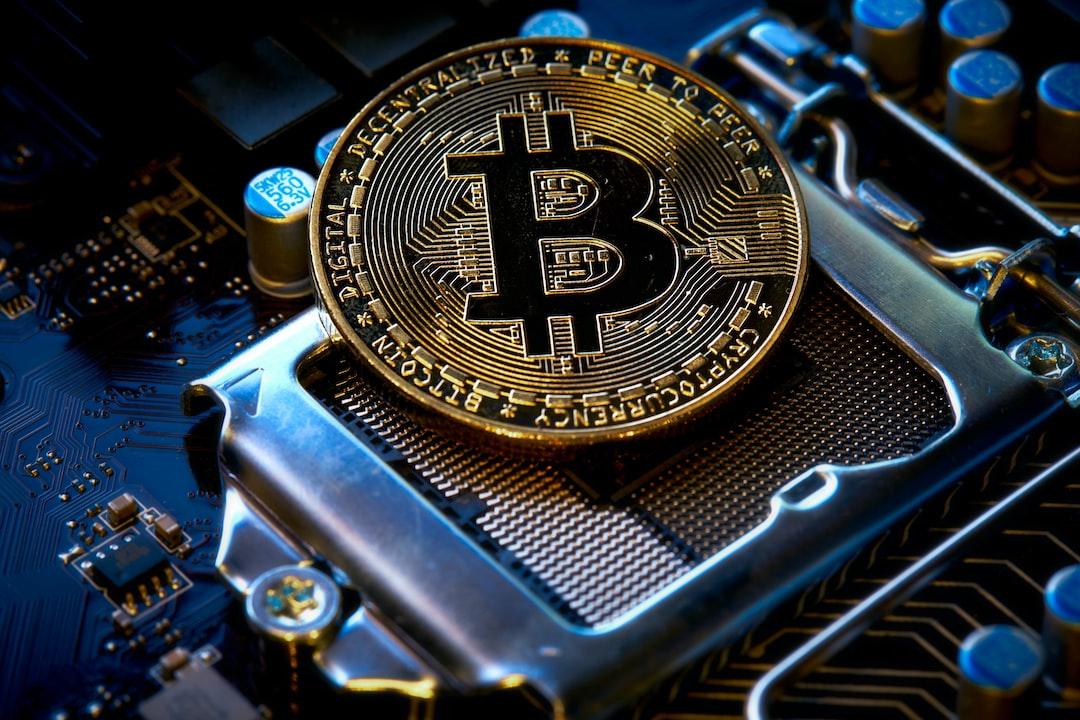Gold Spot Price Approaching $2,800, Surpasses Historic High of $2,782.2 per Ounce Before Deadline, Year-to-date Increase Exceeds 37%, Higher Than S&P 500’s 22% Increase. The main factors driving the rise in gold prices include the US presidential election, war hedging, rate cut expectations, and central banks increasing gold reserves.
Gold’s spot price has continued to reach new highs, nearing the $2,800 mark before the deadline. According to TradingView data, the spot price of gold rose to a historic high of $2,782.2 per ounce and is currently at $2,778.2 per ounce, a 1.18% increase from yesterday and a 37.4% increase year-to-date, surpassing the S&P 500’s 22% increase and becoming one of the best-performing assets this year.
Gold prices have been rising recently, driven by factors such as fiscal instability, increased hedging demand, central banks increasing gold reserves, Chinese investors turning to gold due to low savings rates and concerns about the real estate market, as well as increased uncertainty in the recent US presidential election. Ole Hansen, Head of Commodity Strategy at Saxo Bank, pointed out these main driving factors. Additionally, Forex market analyst Fawad Razaqzada also stated that the uncertainty of the US election has supported gold prices in the short term, and gold remains a classic safe haven tool to deal with market volatility.
The escalating regional conflicts and the internationalization of the Ukraine-Russia war have increased the hedging value of gold. In the Middle East, conflicts between Israel and surrounding organizations or countries such as Hamas, Iraq, and Lebanon have been ongoing for two years. Recently, North Korea sent troops to support Russia, escalating the Ukraine-Russia war and pushing it towards internationalization. South Korea stated that it would consider providing weapons to Ukraine if North Korea intervenes in the war.
Market expectations of a Fed rate cut have driven the rise in gold prices. Currently, according to the CME Fedwatch tool, the market predicts a 99% probability of a rate cut in November and a 1% probability of no rate cut. As gold itself does not yield interest, a rate cut would lower the opportunity cost of holding gold, thus increasing its attractiveness to investors. Despite the recent strength of the US dollar and rising long-term bond yields, which theoretically should weaken the attractiveness of non-yielding assets like gold, gold prices have continued to rise. Analyst Jeff Jacobson from 22V Research stated that this indicates strong and powerful bullish sentiment in the market towards gold.
Global central banks have significantly increased their gold reserves, especially in emerging markets that want to reduce their dependence on the US dollar due to geopolitical tensions. This strong demand has provided important support for gold prices this year. However, some analysts advise investors to remain cautious and avoid increasing investment risks due to excessively high market sentiment.
Jay Kaeppel, Senior Research Analyst at SentimenTrader, believes that although gold currently shows multiple favorable trend signals, its price may “skyrocket like a parabolic curve” as it did in the late 1970s to early 1980s. In other words, gold may rise to unsustainable highs and eventually form a bubble that bursts. Kaeppel warned, “Don’t be misled by the media frenzy over gold.” Rick Bensignor from Bensignor Investment Strategies holds a similar view. Recently, he sold about half of his gold position at a price of $2,700 per ounce and reminded investors not to be misled by the media hype around gold.
It is worth mentioning that Bitcoin, recently hailed as “digital gold,” has also performed well. After breaking the $70,000 mark yesterday, it continued to surge towards its previous high. In the early morning today, Bitcoin reached a peak of $73,620, only $157 away from its historical high of $73,777, almost synchronizing with the upward trend of gold. As of the deadline, it is trading at $72,279, up 1.8% in the past 24 hours and nearly 8% in the past week.


